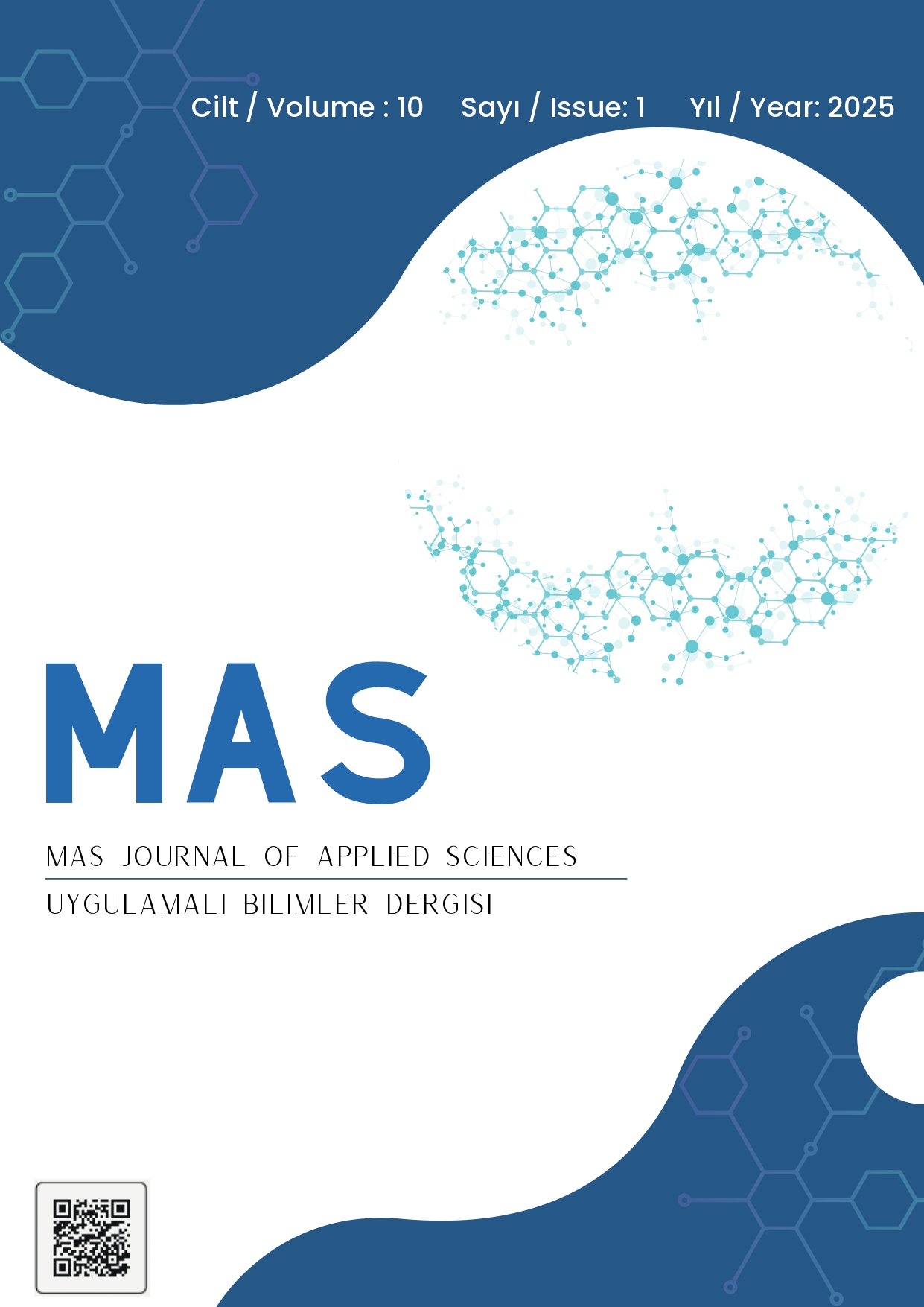Emotion Recognition in EEG Signals with Wavelet Transform and CNN
DOI:
https://doi.org/10.5281/zenodo.15088482Keywords:
Electroencephalography, machine learning, emotion recognition, convolutional neural networkAbstract
In this study, different Wavelet Transform methods were used. Emotion recognition was performed on EEG signals using artificial neural networks and convolutional neural networks with the features obtained by using Wavelet Transform coefficients. A dataset of EEG signals belonging to three different emotions taken from four people was used. It was used to classify stressful, neutral and relaxed emotions. By comparing the results obtained with Continuous Wavelet Transform (CWT), Discrete Wavelet Transform (DWT) for 1D and 2D and Synchrosqueezed Wavelet Transform (SSWT), an appropriate wavelet transform was tried to be determined for emotion recognition on EEG signals. It was found that Synchrosqueezed Wavelet Transform (SSWT) was the most effective algorithm for emotion classification with the highest accuracy, precision, sensitivity, specificity and F1-score.
References
Akter, S., Prodhan, R.A., Pias, T.S., Eisenberg, D., Fresneda Fernandez, J., 2022. M1M2: deep-learning-based real-time emotion recognition from neural activity. Sensors, 22(21): 8467.
Albawi, S., Mohammed, T.A., Al-Zawi S., 2017. Understanding of a convolutional neural network. International Conference on Engineering and Technology, 21 Agust, pp. 1-6.
Anonim, 2015. Keras. (https://keras.io), (Accessed: 04.01.2025).
Anonim, 2020. ssqueezepy, (https://github.com/OverLordGoldDragon/ssqueezepy/), (Accessed: 04.01.2025).
Anonim, 2024. EEG Signal for stress detection, (https://www.kaggle.com/datase ts/ishan8055/eeg-signal-for-stress-dete ction), (Accessed: 04.01.2025).
Bajaj, N., 2020. Wavelets for EEG analysis. Wavelet Theory, 1-16.
Daubechies, I., Lu, J., Wu, H.T., 2011. Synchrosqueezed wavelet transforms: An empirical mode decomposition-like tool. Applied and Computational Harmonic Analysis, 30(2): 243-261.
Fieres, J., Schemmel, J., Meier, K., 2006. Training convolutional networks of threshold neurons suited for low-power hardware implementation. IEEE International Joint Conference on Neural Network, Proceedings Book, pp. 21-28.
Ghosh, A., Sufian, A., Sultana, F., Chakrabarti, A., De, D., 2020. Fundamental concepts of convolutional neural network. Recent Trends and Advances in Artificial Intelligence and Internet of Things, 519-567.
Hunter, J.D., 2007. Matplotlib: A 2D graphics environment. Computing in Science & Engineering, 9(03): 90-95.
Lee, H.K., Choi, Y.S., 2019. Application of continuous wavelet transform and convolutional neural network in decoding motor imagery brain-computer interface. Entropy, 21(12): 1199.
Lee, G., Gommers, R., Waselewski, F., Wohlfahrt, K., O'Leary, A., 2019. PyWavelets: A Python package for wavelet analysis. Journal of Open Source Software, 4(36): 1237.
Mallat, S.G., 1989. A theory for multiresolution signal decomposition: the wavelet representation. IEEE Transactions on Pattern Analysis and Machine Intelligence, 11(7): 674-693.
McKinney, W., 2010. Data structures for statistical computing in Python. SciPy, 445(1): 51-56.
Ozdemir, M.A., Degirmenci, M., Izci, E., Akan, A., 2021. EEG-based emotion recognition with deep convolutional neural networks. Biomedical Engineering/Biomedizinische Technic, 66(1): 43-57.
Pedregosa, F., Varoquaux, G., Gramfort, A., Michel, V., Thirion, B., Grisel, O., Duchesnay, É., 2011. Scikit-learn: Machine learning in Python. The Journal of Machine Learning Research, 12: 2825-2830.
Saranya, K., Sudharson, D., Gokila, N.M., Lakshmipriya, S.R., Suriyavathi, K.A.K., 2023. Emotion Recognition using EEG Signal Classification of seed Dataset. 2nd International Conference on Advancements in Electrical, Electronics, Communication, Computing and Automation (ICAECA), Proceedings Book, pp. 1-6.
Vijayan, A.E., Sen, D., Sudheer, A.P., 2015. EEG-based emotion recognition using statistical measures and auto-regressive modeling. IEEE International Conference on Computational ıntelligence & Communication Technology, pp. 587-591.
Virtanen, P., Gommers, R., Oliphant, T.E., Haberland, M., Reddy, T., Cournapeau, D., Van Mulbregt, P., 2020. SciPy 1.0: fundamental algorithms for scientific computing in Python. Nature Methods, 17(3): 261-272.
Downloads
Published
How to Cite
Issue
Section
License
Copyright (c) 2025 The copyright of the published article belongs to its author.

This work is licensed under a Creative Commons Attribution-NonCommercial 4.0 International License.


